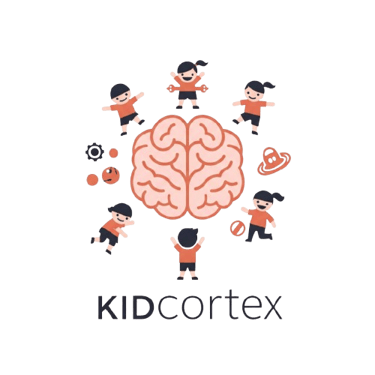join us to unlock variety of services
9 Early Signs of Dyslexia in Children
Dyslexia is a neurobiological learning disorder characterized by difficulties with accurate and/or fluent word recognition, poor spelling, and decoding abilities (Lyon et al., 2003). It affects approximately 5–10% of the population and is often identified during the early school years. However, signs can be detected much earlier with careful observation. Early intervention is crucial for improving reading outcomes and self-esteem. Here are nine research-backed early indicators of dyslexia in young children:
Dr. Tarun sharma
5/28/20252 min read
1. Delayed Language Development
Children with dyslexia often exhibit delayed language milestones, such as late talking or difficulty forming sentences (Scarborough, 1990). These early language delays are strong predictors of later reading difficulties.
2. Poor Phonological Awareness
Phonological awareness—the ability to identify and manipulate sounds in spoken words—is a core deficit in dyslexia (Snowling, 2000). Children may struggle to rhyme, segment sounds, or blend phonemes.
3. Difficulty Learning Letter-Sound Correspondence
A hallmark early sign of dyslexia is difficulty associating letters with their corresponding sounds, a skill critical for decoding words (Vellutino et al., 2004).
4. Inconsistent Word Recall or Word Substitutions
Children may often say the wrong word, mix up similar-sounding words, or struggle to retrieve known vocabulary, indicating lexical access challenges (Wolf & Bowers, 1999).
5. Difficulty Remembering Sequences
Trouble recalling sequences—like days of the week, numbers, or steps in a story—is linked to working memory deficits common in dyslexia (Gathercole & Alloway, 2008).
6. Frequent Letter or Word Reversals
Reversals of letters such as "b" and "d" or writing "was" as "saw" may persist beyond the age of 7, which is developmentally atypical and a potential marker of dyslexia (Shaywitz, 2003).
7. Struggles with Learning to Read and Spell
Difficulty sounding out words, learning sight words, or remembering spelling patterns are among the clearest academic signs as children enter school (Fletcher et al., 2007).
8. Family History of Reading or Language Difficulties
Dyslexia has a strong genetic component. A child with a first-degree relative with reading difficulties is significantly more likely to be affected (Pennington & Lefly, 2001).
9. Avoidance of Reading or Literacy Activities
Children may show frustration, fatigue, or behavioral avoidance when asked to engage in reading tasks—often because the experience is more difficult for them than their peers (Shaywitz, 2003).
Why Early Identification Matters
Research shows that intervention is most effective when provided in kindergarten or first grade, before reading failure becomes entrenched (Torgesen, 2004). If you suspect your child is showing signs of dyslexia, consult with a pediatrician, speech-language pathologist, or educational psychologist for a comprehensive evaluation.
References:
Lyon, G. R., Shaywitz, S. E., & Shaywitz, B. A. (2003). A definition of dyslexia. Annals of Dyslexia.
Scarborough, H. S. (1990). Very early language deficits in dyslexic children. Child Development.
Snowling, M. J. (2000). Dyslexia. Blackwell.
Vellutino, F. R., et al. (2004). Specific reading disability (dyslexia): What have we learned in the past four decades? Journal of Child Psychology and Psychiatry.
Wolf, M., & Bowers, P. G. (1999). The double-deficit hypothesis for the developmental dyslexias. Journal of Educational Psychology.
Gathercole, S. E., & Alloway, T. P. (2008). Working memory and learning. Sage.
Shaywitz, S. (2003). Overcoming Dyslexia. Knopf.
Fletcher, J. M., et al. (2007). Learning disabilities: From identification to intervention. Guilford Press.
Pennington, B. F., & Lefly, D. L. (2001). Early reading development in children at family risk for dyslexia. Child Development.
Torgesen, J. K. (2004). Preventing early reading failure. American Educator.
FOLLOW US
GET IN TOUCH
QUICK LINKS
+919520561135
contact@kidcortex.com
